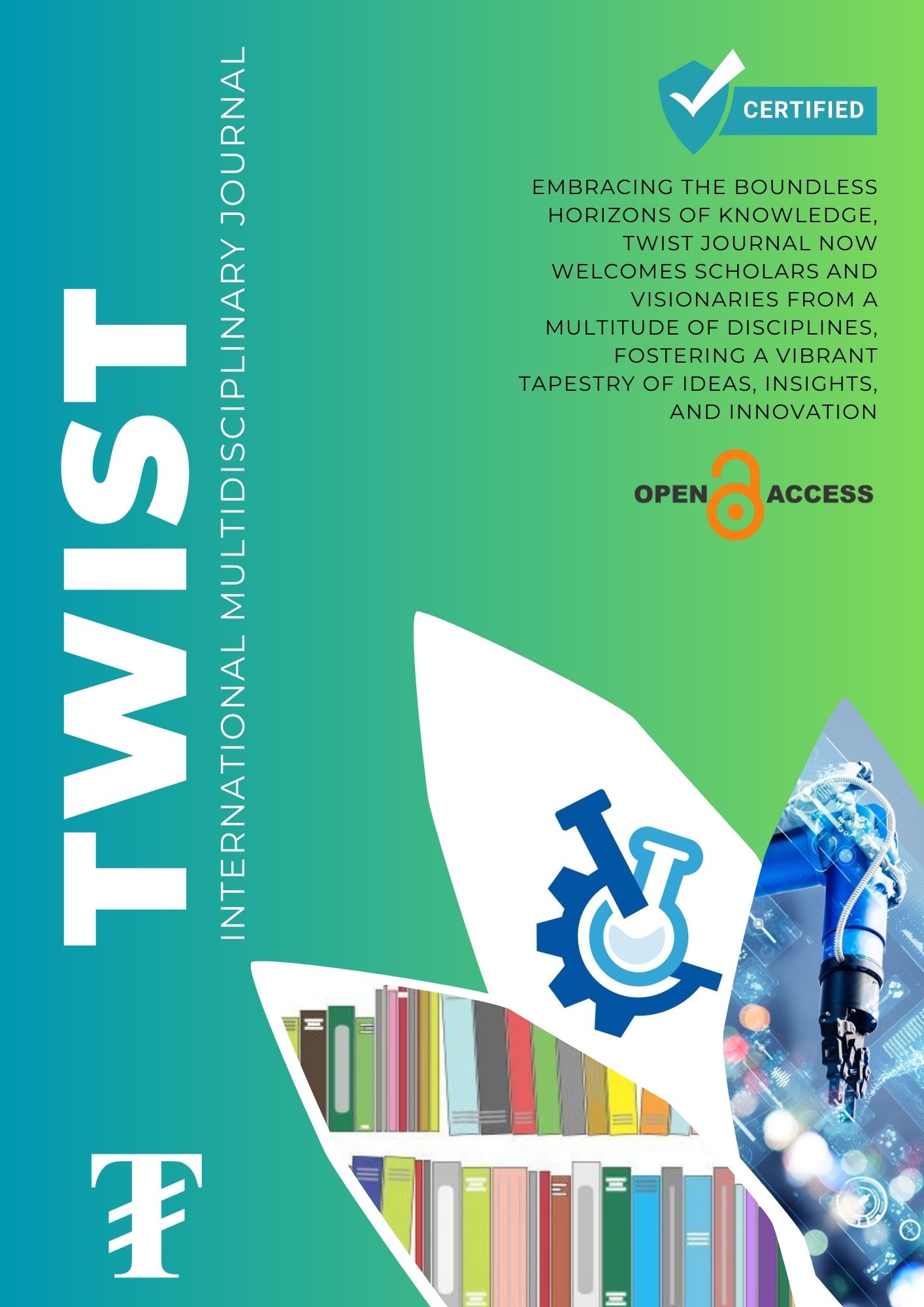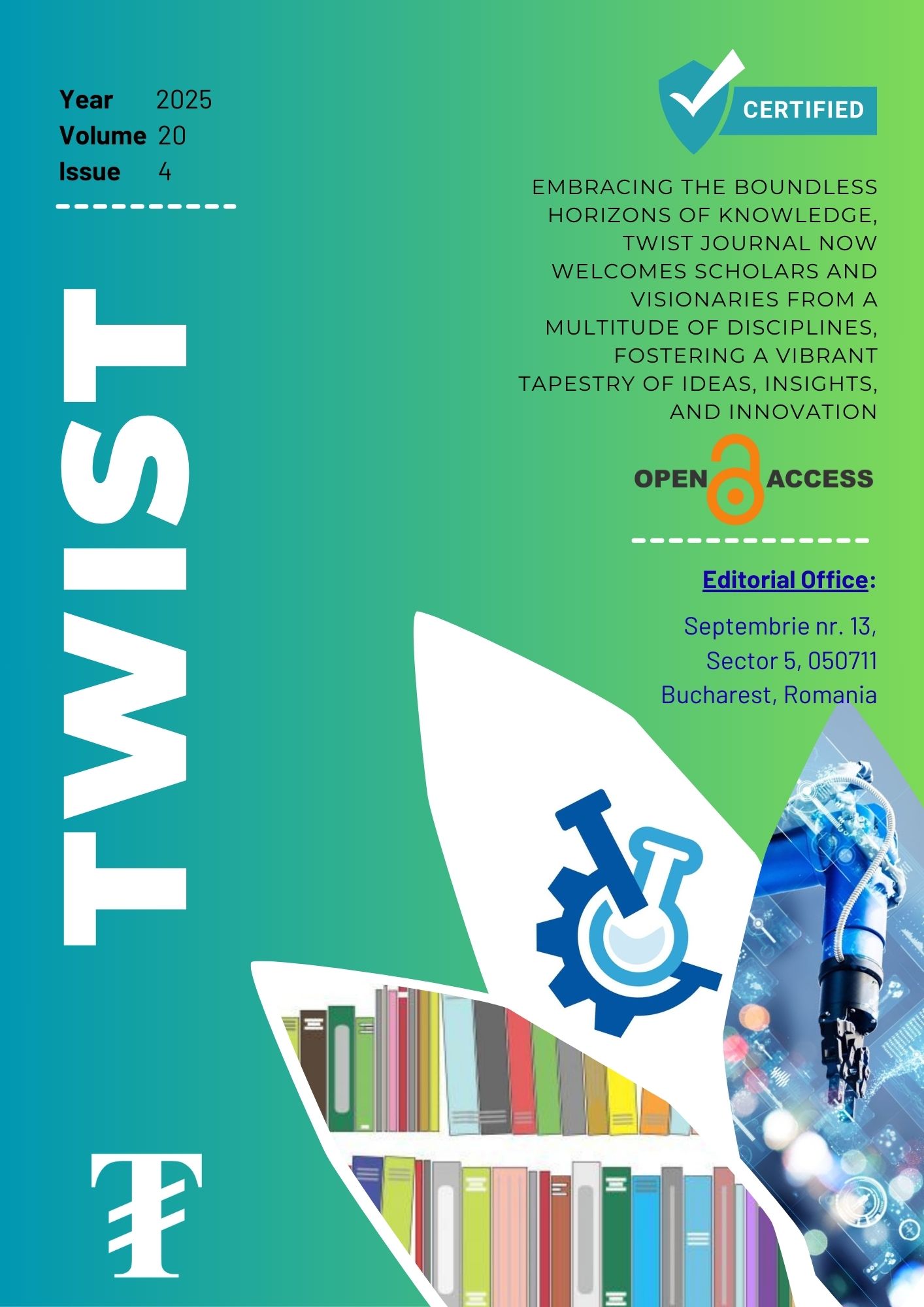Natural Innovations in Hyperpigmentation Treatment
The Potential of Egg Shell Membrane and Quercetin
Keywords:
Hyperpigmentation, Egg Shell Membrane, Hyaluronic acid, Quercetin, Melanogenesis, TyrosinaseAbstract
Hyperpigmentation (HP) is a prevalent skin condition characterized by the excessive production of melanin, leading to darker patches on the skin. Various factors, including sun exposure, hormonal changes, inflammation, and skin trauma, contribute to HP. The global HP treatment market was valued at $4.6 billion in 2022 and is expected to grow at a compound annual growth rate (CAGR) of 7.6% due to increasing demand for effective treatments. Current treatments for HP, including hydroquinone, arbutin, cysteamine, and kojic acid, primarily inhibit tyrosinase activity but often lead to adverse effects such as skin dryness, irritation, and peeling, which can reduce patient compliance. Therefore, there is a need for safer, more effective treatments. This review explores the potential of Egg Shell Membrane (ESM) as a natural therapy for HP. ESM, rich in collagen and hyaluronic acid (HA), has shown promise in enhancing skin hydration, boosting collagen production, and improving skin texture, making it a compelling candidate for HP treatment. Additionally, the polyphenol quercetin, known for its antioxidant and anti-inflammatory properties, may further enhance ESM's efficacy by inhibiting tyrosinase activity and reducing melanin production. While ESM and quercetin offer promising avenues for HP treatment, further research is needed to fully understand their mechanisms and optimize their use. This review also discusses the mixed results from studies on quercetin's effects on melanin formation and examines the toxicity and efficacy of quercetin across various experimental conditions.
Downloads
Downloads
Published
Issue
Section
License
Copyright (c) 2024 TWIST

This work is licensed under a Creative Commons Attribution-NonCommercial-ShareAlike 4.0 International License.






